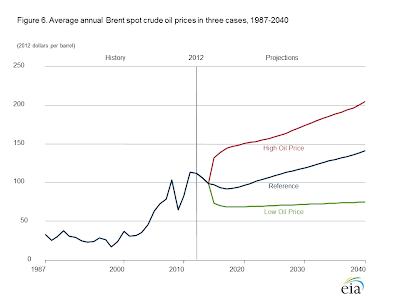We've followed -and linked to- Political Calculations for quite a few years. One of our 2009 posts
prompted this response from P.C.:
Welcome to the Friday, April 24, 2009 edition of On the Moneyed Midways,
where we catch you up with the best money and business-related blog
posts that we found in the past week's best money and business-related
blog carnivals.
It seems Climateer believes we here at Political Calculations are "quirky." Here's Climateer's dilemma:
Political Calculations is quirky. On the one hand they link to Prof.
Shiller's merged Cowles/S&P data (first rate scholarship/database).
On the other they do a "On the Moneyed Midways" linkfest that seems
aimed at a totally different target audience.
As it happens, we do have two very different, but somewhat
overlapping audiences, which we discovered long before we first launched
OMM. There's the (mostly) serious core crowd who enjoy the
analytical power we bring to a number of different topics, and then
there's the (more fun-loving) community of money and business-focused
bloggers with whom we interact in other forums....
Here's some of that analytical power on display:
How
much of a change in global oil prices can be attributed to changes in
the relative demand for oil? And how much might be attributed to
changes in the relative supply of oil?
Those are questions that we've asked and answered
before, but now, for the first time, we can finally quantify the extent
to which either of these economic factors may be driving the price!
We can do that math now thanks to the work of James Hamilton, who built a model
of how much world oil prices change in response to changes in the
prices of other commodities - ones that are particularly sensitive to
changes in the demand for them: copper, U.S. dollars, and 10-Year
Constant Maturity U.S. Treasuries.
Our tool below is built to do
that math, with the default values being the values recorded for the
week of 4 July 2014 (for the "Previous Values" and for the week of 12
December 2014 (for the "Current Values"), which Hamilton recommends
because they smooth out some of the big swings in values that are
recorded in the day-to-day data....MORE
HT to professor Hamilton and his post "
What’s driving the price of oil down?":
In December I provided some simple calculations of the extent to which a
slowdown in the growth of global oil demand may have contributed to the
spectacular drop in oil prices since last summer, and I updated those estimates
two weeks ago. Some of you have suggested that as conditions keep
changing, perhaps I should update those calculations every week. Thanks
to the always-helpful Ironman at Political Calculations,
I can now go that a step better, and provide eager Econbrowser readers a
quick tool they can use to update these calculations on their own on a
daily basis, if your heart so desires....MORE
